Surgery for old buses. . . A place where AVMs are brought back to life
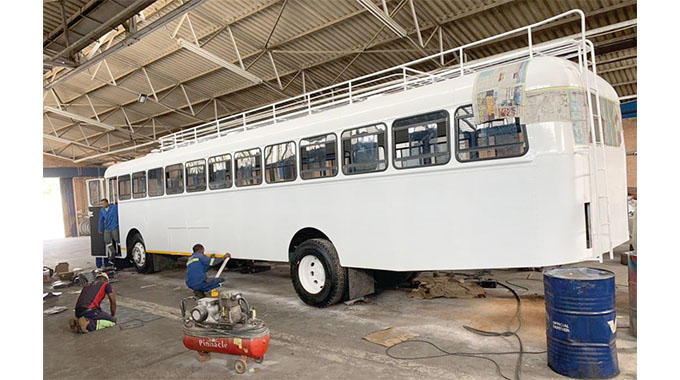
Sikhumbuzo Moyo, Senior Reporter
WHEELS, engine, gearbox, clutch parts, doors and panels on the floor – stripped down to the bone – this old bus is destined for the scrapyard. So you think. The giant garage where the bus is being torn apart is not a graveyard for buses, but a operating theater where dead buses are brought back to life.
When a young Anthony “Ajay” Bhana founded his bus company that was to trade as Ajay Motorways, he may not have had an idea that half a century down the line, his bus company would venture into a completely new business model – that of refurbishing old and worn out buses.
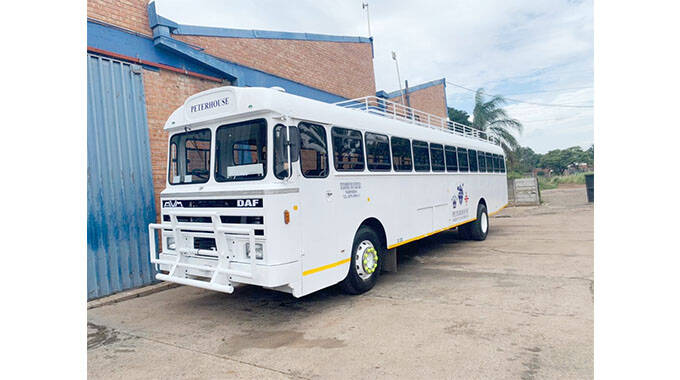
A reconditioned coach belonging to Peterhouse College
The diversification from their main business which is passenger transportation was the brainchild of Anthony’s son, Denzil, who fathered his own son and named him Zane.
“My dad is the real deal, he is the mastermind of this venture that we are doing now, unfortunately, he is in the United Kingdom,” said Zane, in a brief interview with Saturday Chronicle at their business premises along Plumtree Road in Bulawayo. He said the diversification was in response to the changing times in the transport business.
“We are trying to reinvent ourselves in a different sector of transport and we are excited by what it brings for us,” said Zane.
Recently Ajay Motorways welcomed to its garage a patient resident some 460km out of Bulawayo — a Peterhouse College bus that needed to be brought back to life. Peterhouse College is in Marondera, Mashonaland East Province.
“The bus was something else when it came to the garage, it needed some sprucing up. Too much dust weakens most of the material in a vehicle. We had done an engine job on the bus and when it came for rebuild, we fitted a brand new 865 engine to replace the 862 engine. It’s a simple procedure where we just modify the engine mounting because 865 and 862 engine mountings are completely different,” said Zane.
He said they literally gave the bus a new lease of life – now it’s as good as brand new.
“If the bus comes in we inspect its condition and then the refurbishment takes place, we set the stages of what needs to be done, for example, the seats may be ripped. We also look at its body where we may need to put in new panels and new rivets, bolts and nuts and the likes. In a nutshell we bring your bus to its original state,” said Zane.
Zane said AVM (Amalgamated Vehicle Motors’) buses are their favourites as they are stronger than the modern and fancy looking buses. AVM Africa (Pvt) Ltd is Zimbabwe’s conventional bus manufacturing company. It started operations in 1961. With a peak of 2 500 employees, the company used to produce 40 buses per month with some being exported to countries like Zambia and Uganda.
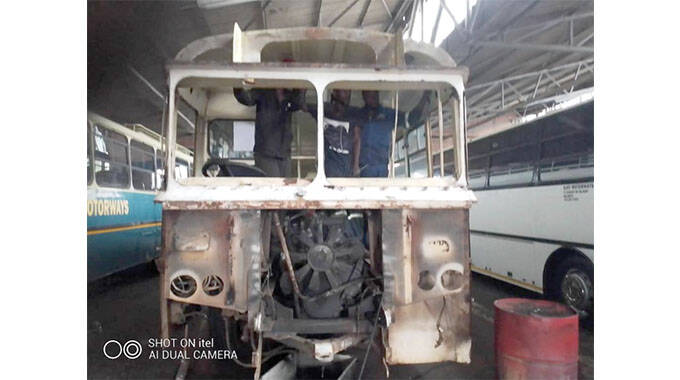
The company was founded in 1961 and specialised in trailers, seat uphostery, rebuilds, refurbishments, fabrication of parts, vehicle servicing (Daf engines), and spares. It was also licenced to build bus bodies for Mercedes Benz, Daf, Cummings, FAW , Scania and Nissan UD.
In his book, The Development of Bus Services in Zimbabwe (2016), Peter White writes: “The AVM model had become very well-established not only due to lack of alternatives, but also its very robust design, well-suited to the poor road conditions.”
“I personally love AVM buses, I am 23-years-old and I found these buses already operational and oh boy are they strong,” said Zane with a chuckle. — @skhumoyo.

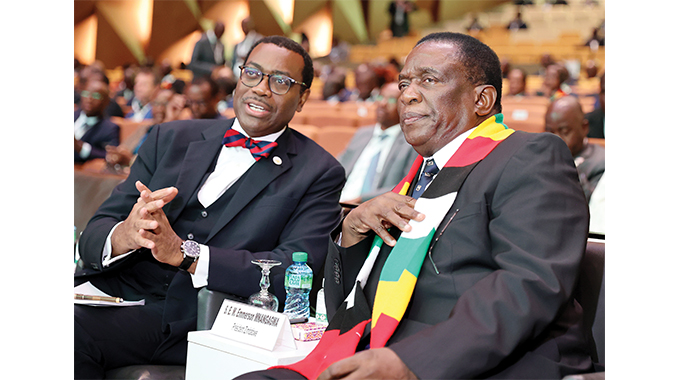


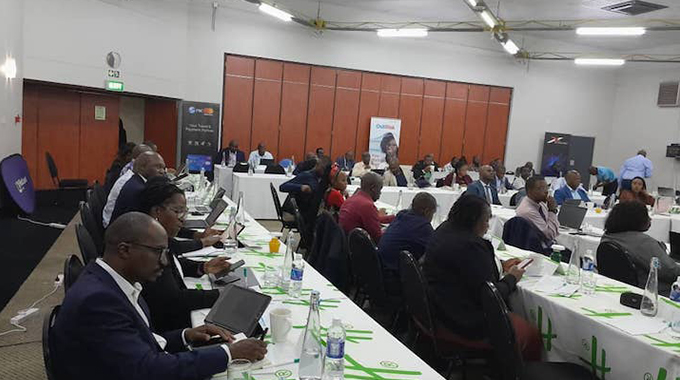
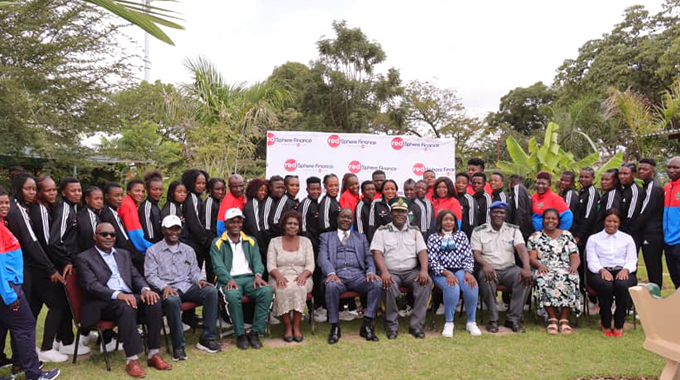






Comments